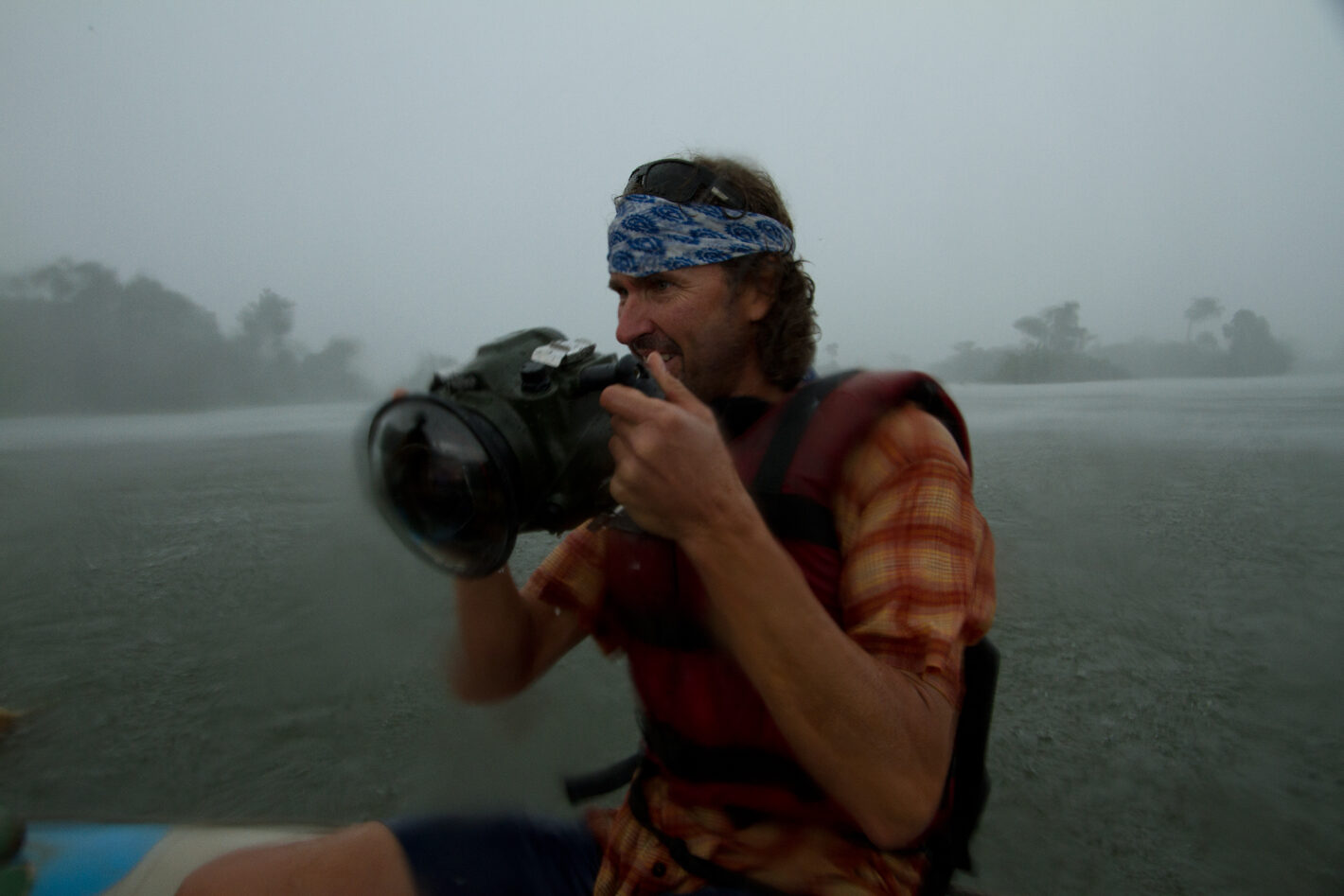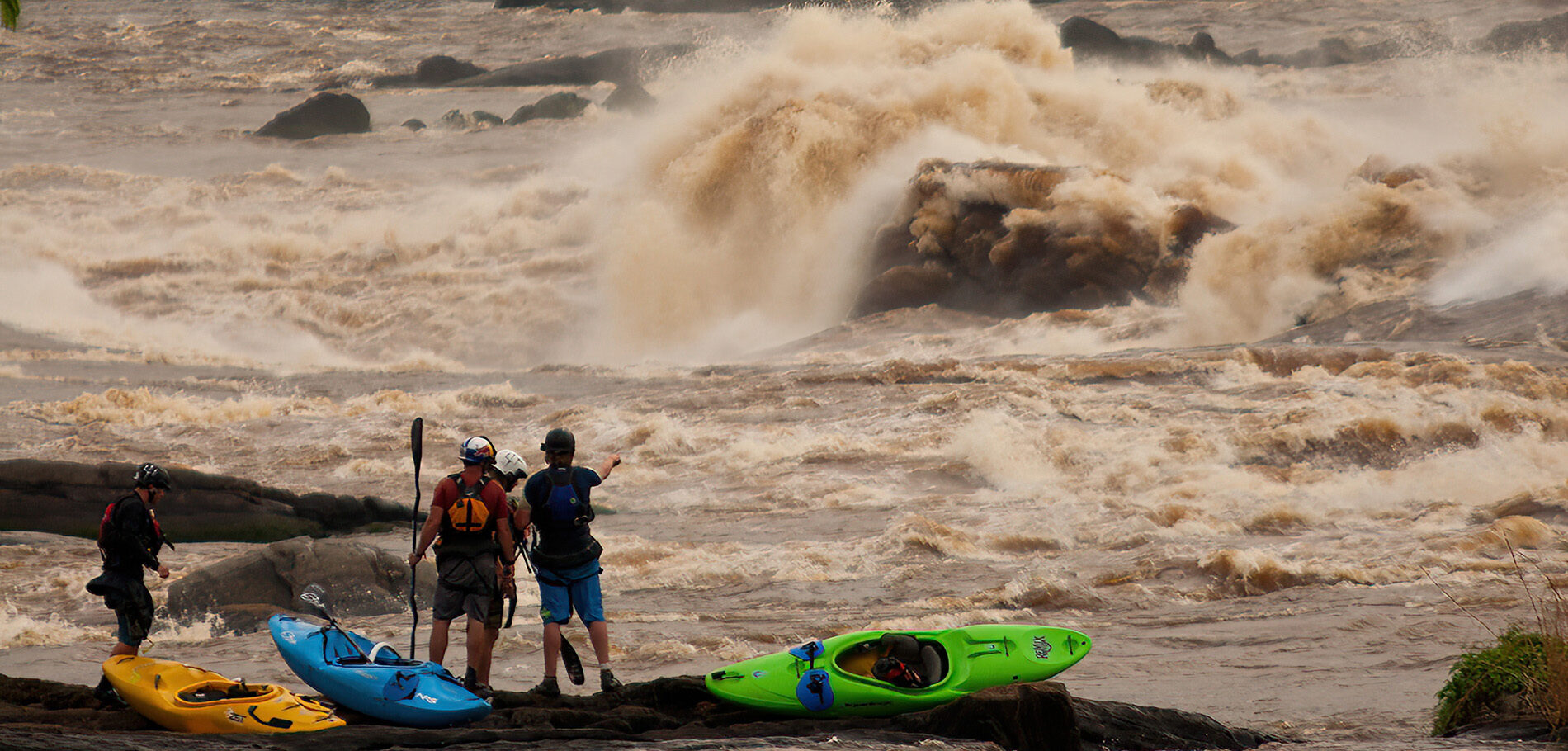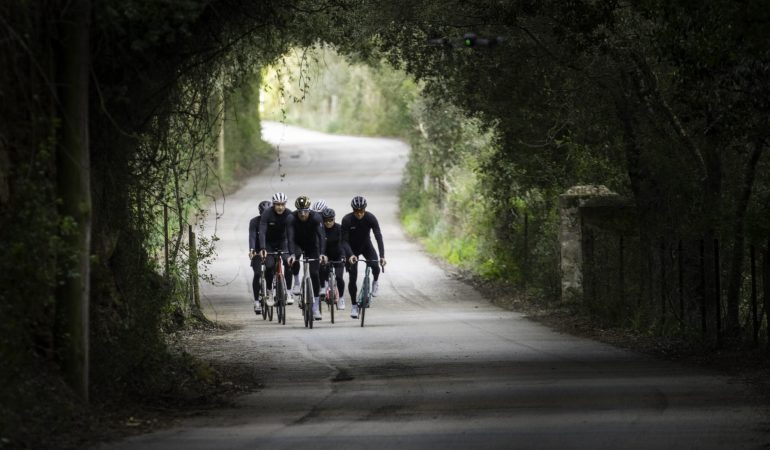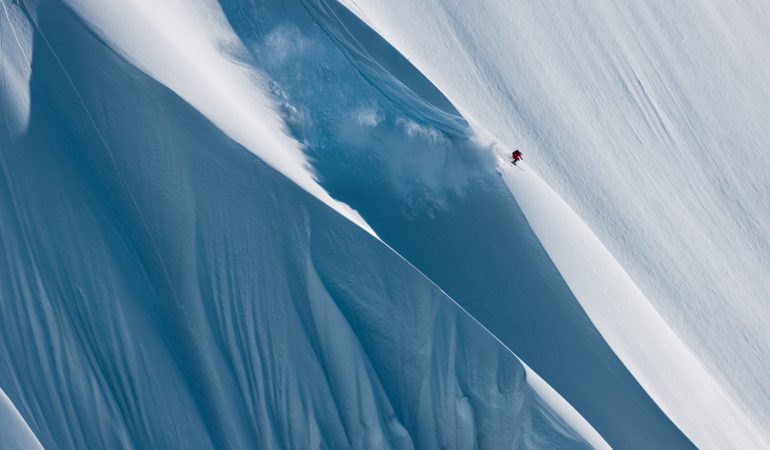“Everything about this story had to do with access. It was the South African paddler and river explorer Steve Fisher’s idea. He was planning it for seven years before we became friends. It had to be a kayak descent. And just navigating the river section-by-section by kayak would be enough. No raft known to man could float the Grand Inga. Maybe in the future someone will build a 60 foot cataraft. The four kayakers were among the best in the world at the time and they intended to actually paddle through the largest features, but after inspecting the rapids the plans changed. Class VI rapids are considered impassable. These rapids are Class VI-plus. I always thought the hero image above best told the story. The hydraulic wave in the Crystal Gorge is more than 30 feet high and 100 feet wide. (We called it The Beast.) It makes the Grand Canyon’s Crystal Rapid—also a relatively massive reversal— look inconsequential, which is hard to fathom. I’ve never seen anything like it and I’ve seen the Ganges and Zambezi at high water.”
In the Field: How They Got The Shot | The Grand Inga Project
Photographer Greg Von Doersten on how he captured the first descent of the world’s largest rapid—without getting everyone involved killed by hydraulics or gangs in the process.
Surviving The Grand Inga Project
In 2011, some of the top expedition kayakers in the world—Tyler Bradt, Rush Sturges, Steve Fisher, and Ben Marr—made good on a seven-year conspiracy to navigate the Grand Inga rapids. If you don’t know, and most don’t because the Congolese government and local warlords don’t let western boaters paddle this section of river, the Grand Inga stretch holds—barely—the biggest whitewater on the planet. The Congo River—the deepest and second largest river on earth that is as perilous to get to as it is to run.
This story is testament to the idea that great adventure photography is about far more than pressing a button. It’s about hard-fought access, risk-taking, and life-and-death logistics. Here’s the photographer and Hence member Greg Von Doersten in his own words.
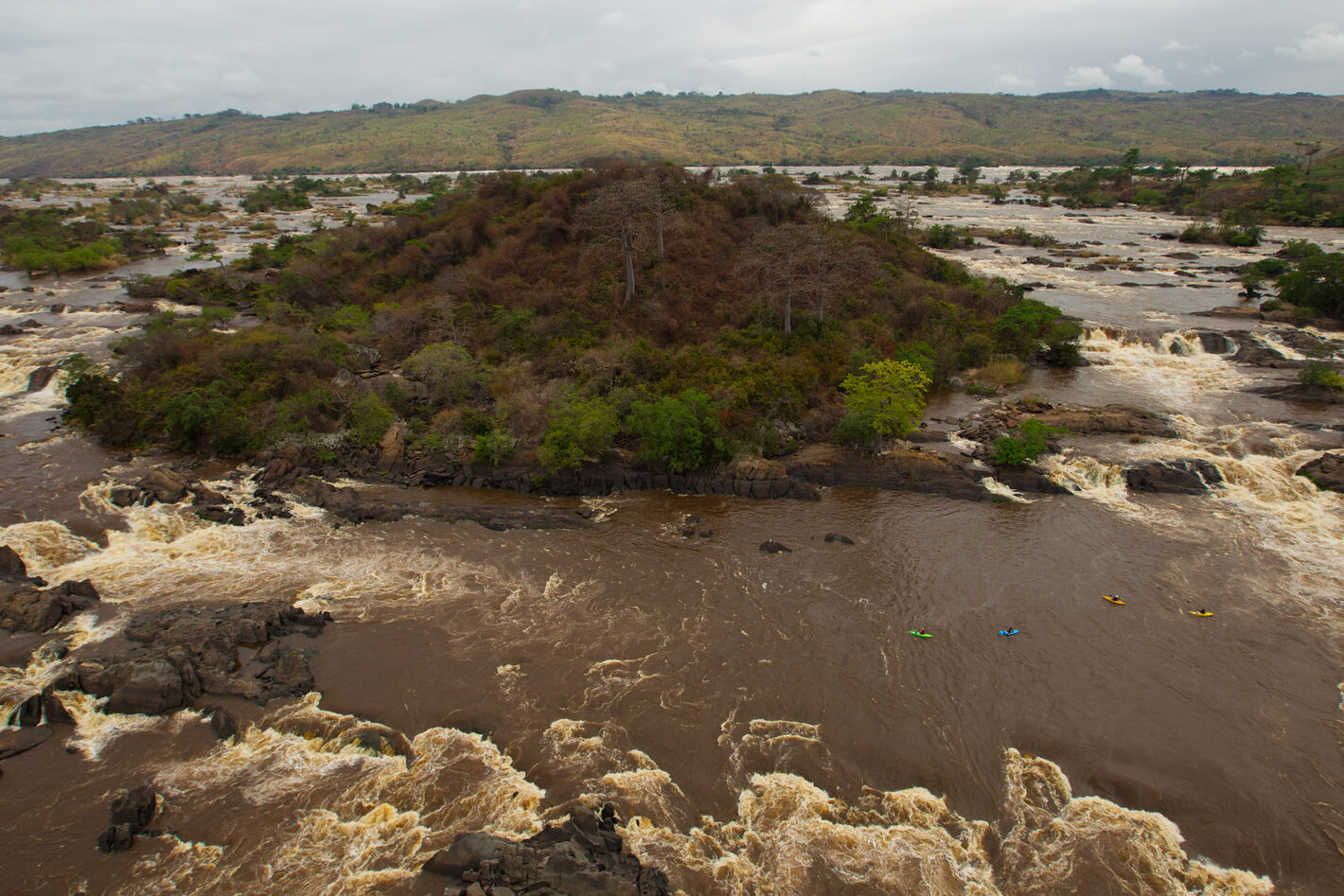
“There had only been three expeditions prior to ours. They were historic for different reasons. The first was led by the early explorer Henry Morton Stanley. In 1879, the dictator, King Leopold of Belgium, commissioned Stanley to map the river and identify resources over five years. But of course Stanley had to portage the Grand Inga. Then John Blashford-Snell, an English colonel and explorer portaged the Grand Inga in 1968. The third expedition was in 1985. It was a French party of expedition boaters on rafts. Their fate is still a mystery. All that was found was the remnants of their rafts. No human remains were found. Some people theorize that they were killed by local militias or gangs, but the Grand Inga could have been their last moment.”
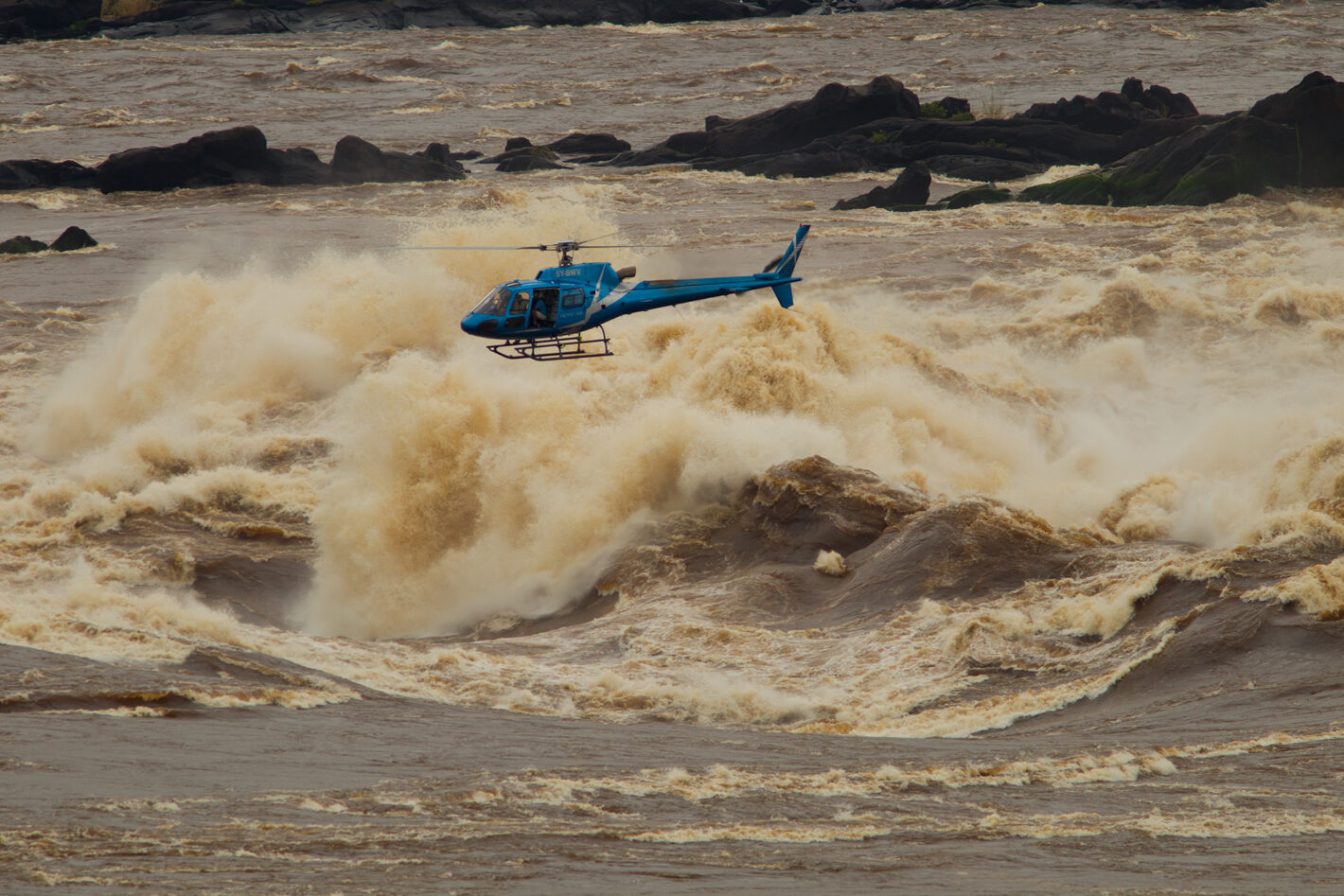
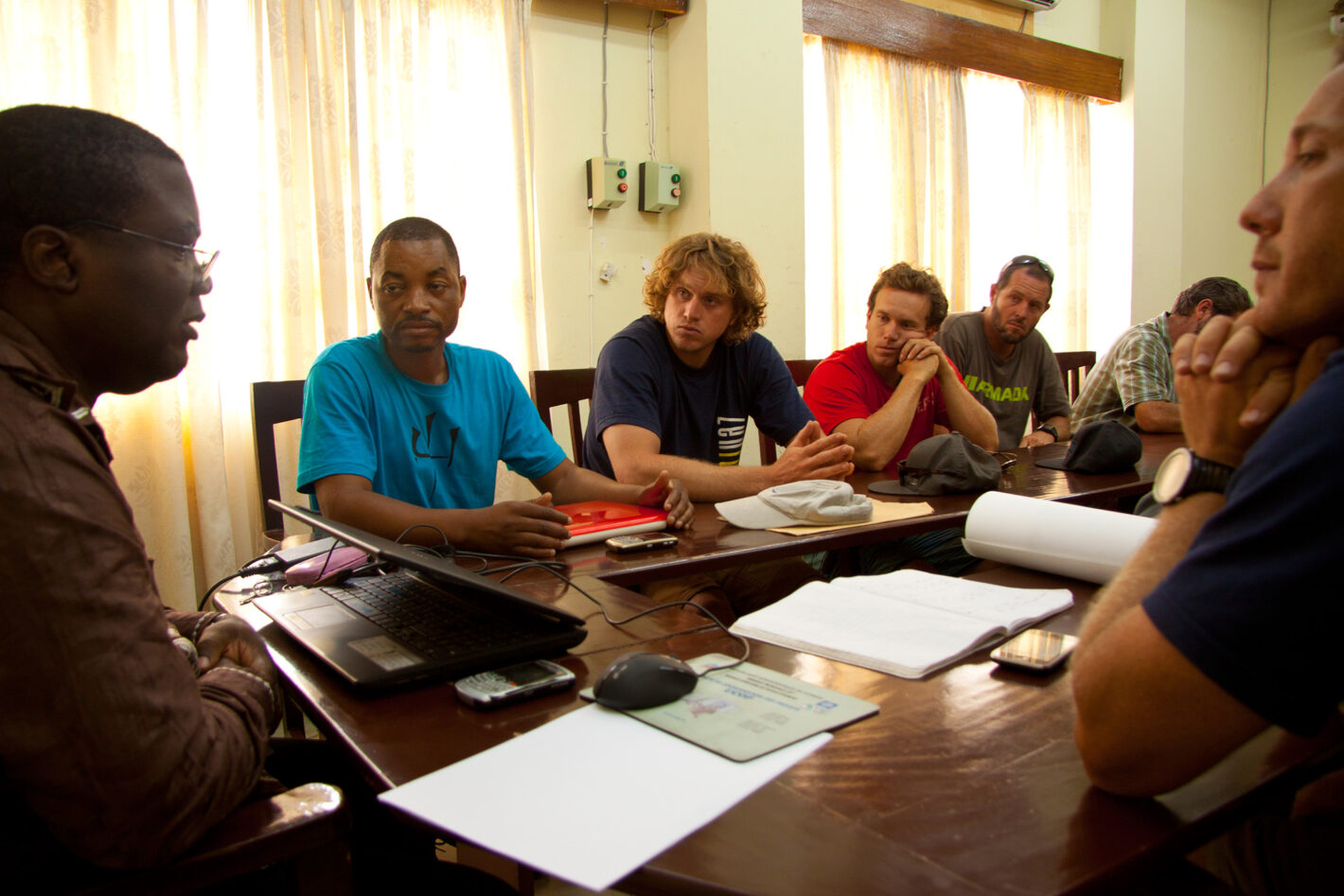
“Because the Grand Inga is near a government dam, soldiers guard the area heavily. Access involves endless bribes. I’d worked in Africa and Asia a fair bit to that point and I’d guided rivers in Africa, so that’s why Steve and I connected. I immediately set to helping him with the logistics. But we never would have gotten anywhere without a former South African special forces operator named Peter Meredith who was a friend of Steve’s. Peter paid off politicians just to keep us alive. We had to bribe people to get the helicopter cleared, and once it was in the air we had to bribe the next controller. Steve let everyone who was funding the trip know to keep the payments coming in case he died so the rest of the crew could get out. At one point a militia group approached our security detail, which was armed with machine guns and RPGs. Our security guy said, ‘These guys want to slit your throats and take your gear. Should I let them?’ We said, ‘Not if you want your tip.’ He got a laugh out of that. We spent tens of thousands of dollars on bribes. There was only one person that was un-bribable. We called him the Grand Inga Gatekeeper. He was a big old warrior with integrity.”
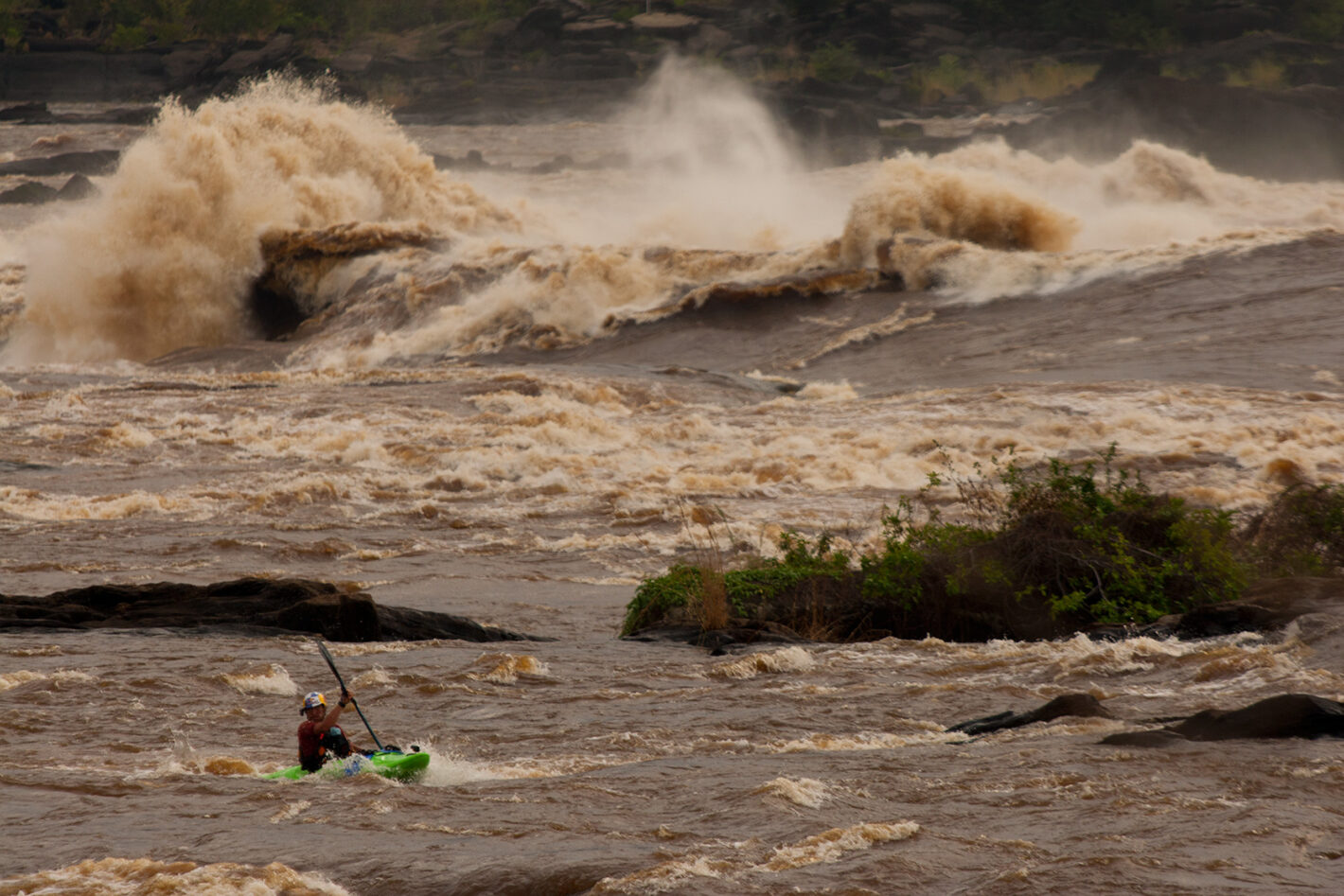

“The river was trying to kill them at every twist and turn. Even though we were floating the river section-by-section, and not in one straight shot, we had to plan out moves miles in advance. That’s how fast the river is going. Eddying out could take 20 minutes. Ferrying across the river could take an hour. At one point, the four kayakers tried to ferry across above the Class V plus Mopane Worm. Two of them made it. Rush had to return to the other shore, and Benny had to take shelter on a last resort island and get picked up by the helicopter. If the four had tried to run some of the bigger features, the calculus was pretty clear. At least one person would die. And that was true even though the paddlers were essentially locked into their boats with extra retention systems and everyone was wearing inflatables in addition to their standard PFDs. They had air canisters they could breathe from if they went for a deep sustained swim. And Meredith had a heli rescue system devised that would see him diving into the water connected to a longline to grab swimmers. National Geographic didn’t want the story because it wasn’t a traditional top-to-bottom river run, but it couldn’t be.”
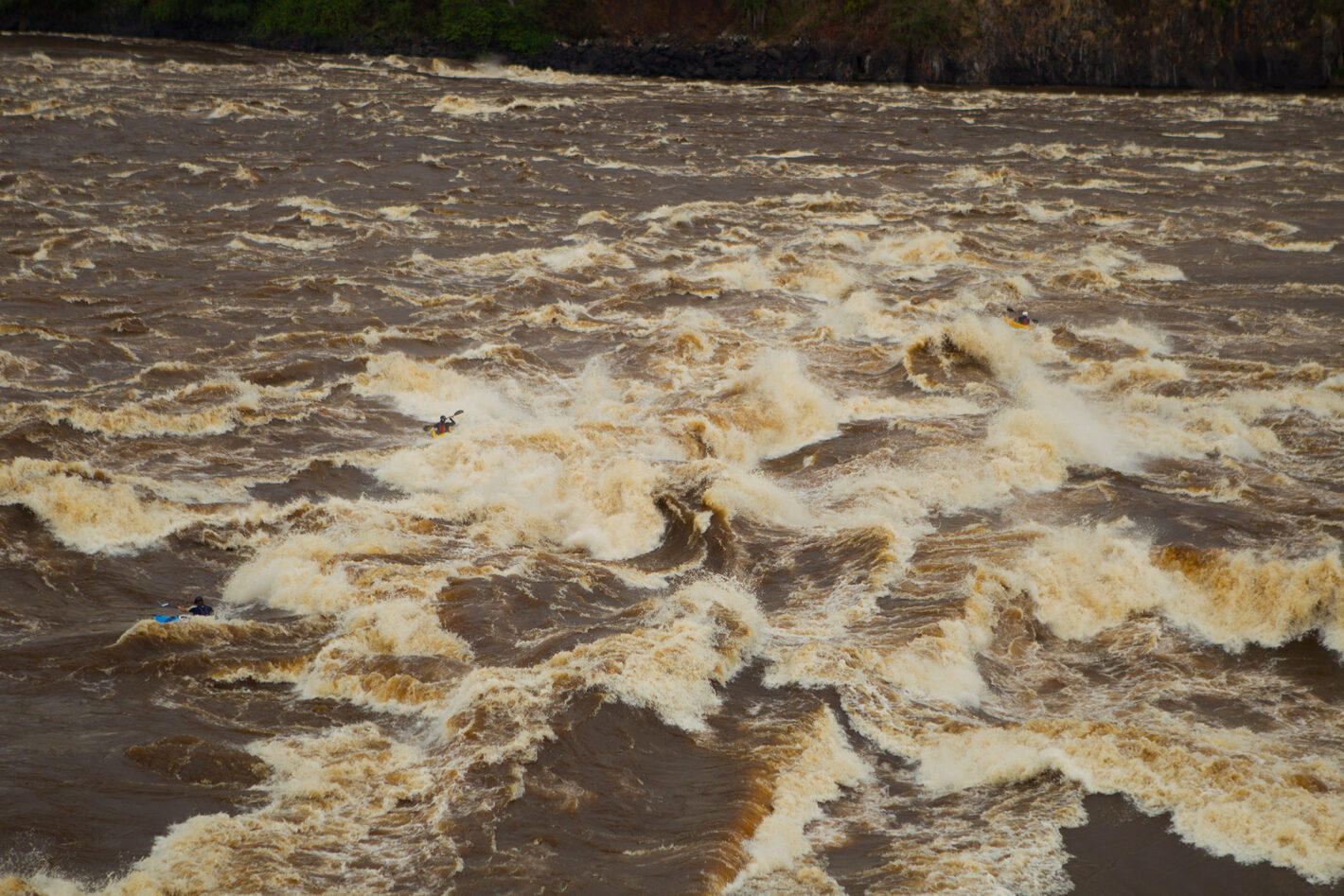
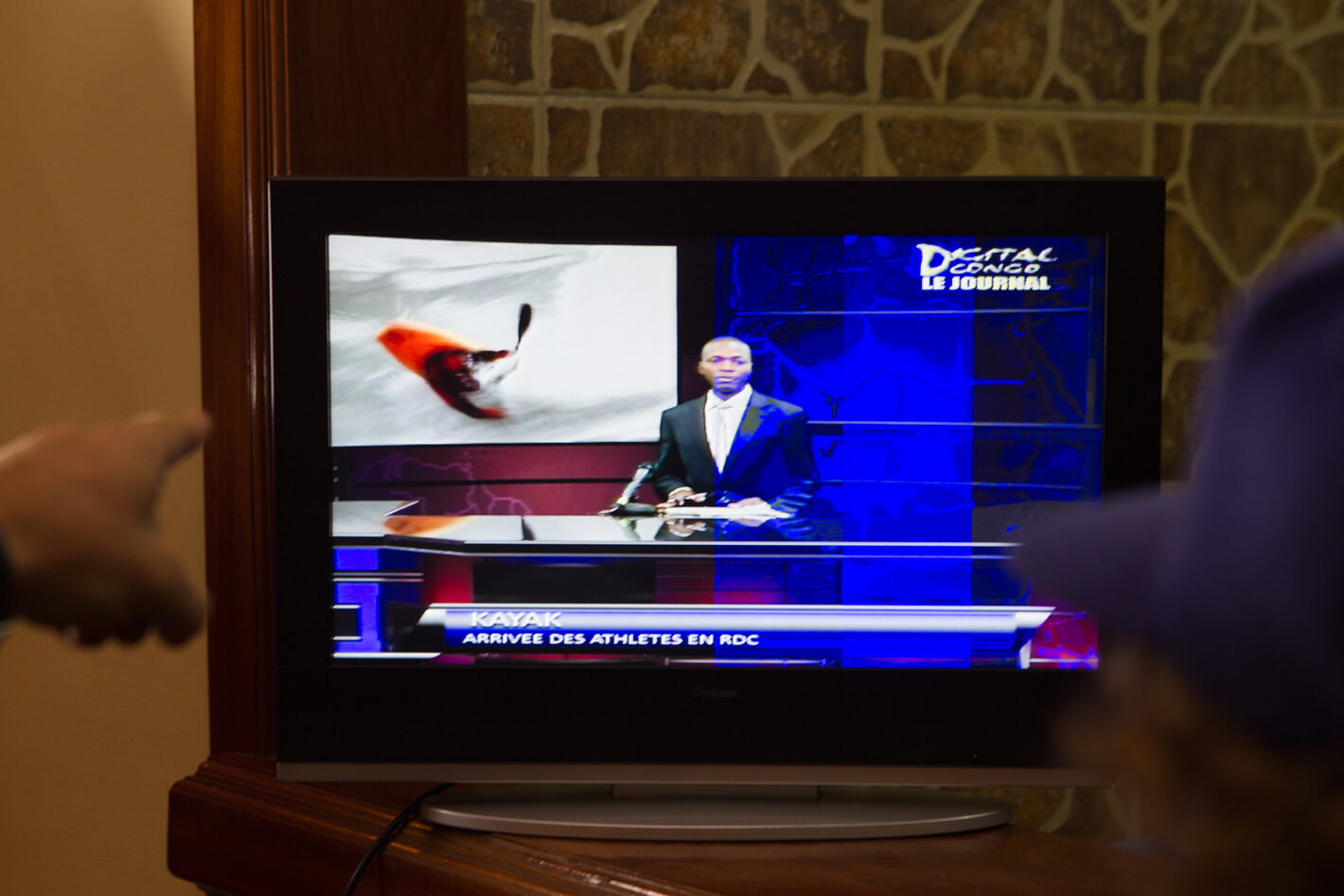
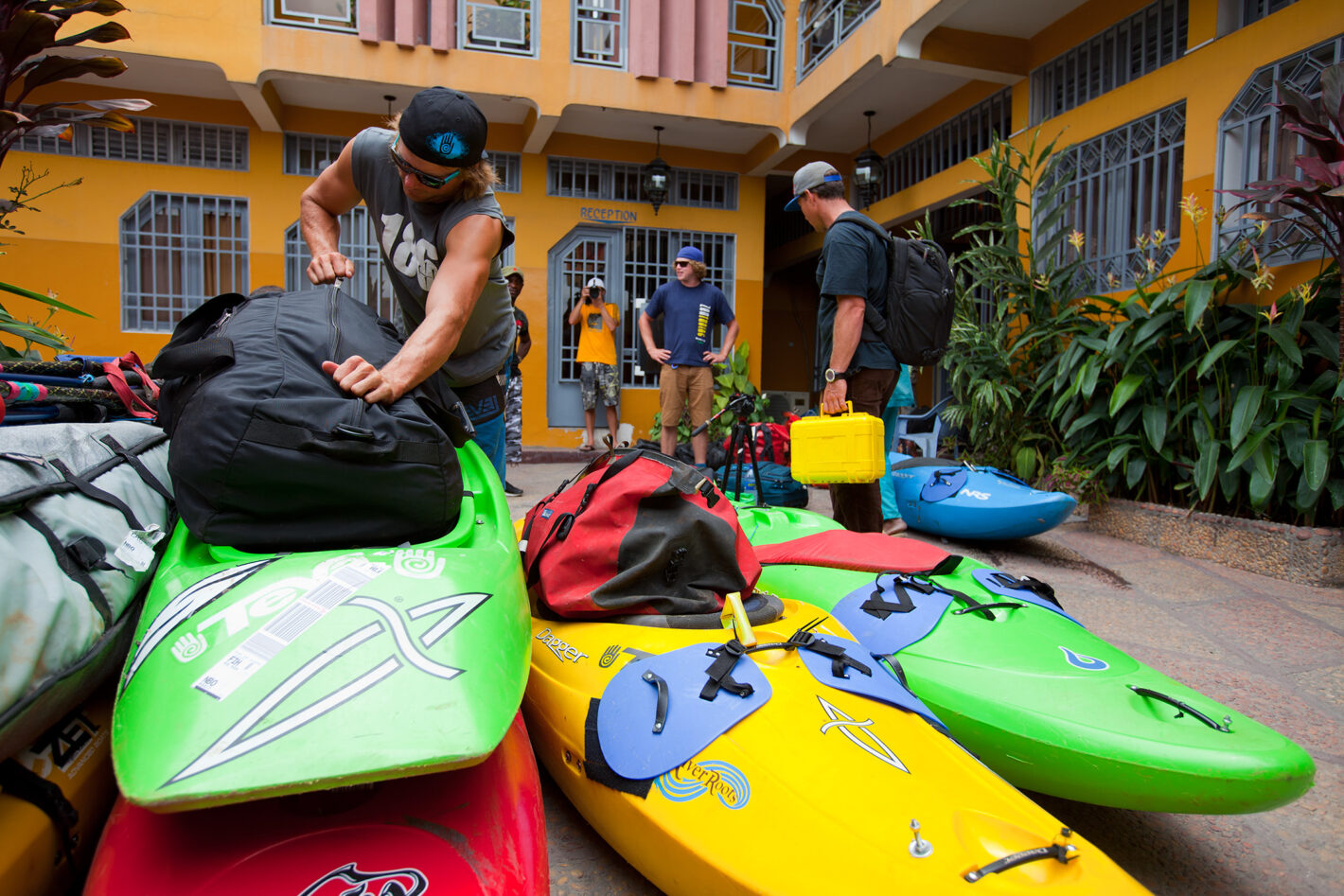
“My expedition work has always been the most rewarding personally. But those trips are seldom rewarding financially. This one was OK. I made $25K for two months in Africa. But you always want to negotiate for more on these expeditions. Until we bribed our way out of the country, our lives were at risk every minute of every day. There was crazy shit going down between us. There was infighting. Bouts with malaria. Malaise from stomach pains. The athletes were so run down at times they doubted their physical capacity. After descending the final rapids, a kevlar rope broke and nearly sent a kayak into the the tail rotor. The kayak was smashing against the door as we were going 120 miles an hour. That could have been the end of us. This style of photography is about more than pulling the trigger.”
